Act Now - Limited Time Offer
$67 Pest Control

Chris Barber
Pest Control Technician
Chris Mosby
Pest Control Technician
Mackenzie Keene
Sales Representative
Cimex lectularius, also known as the bed bug, is a tiny, reddish-brown insect that feeds on human blood. About the size of an apple seed, these pests are usually found in the seams of mattresses, box springs, and furniture cracks. Bed bugs are primarily active at night and can hide in small spaces like fabric folds, electrical outlets, and behind picture frames.
Bed bugs go through five nymphal stages before reaching adulthood, needing a blood meal to molt to the next stage. Female bed bugs can lay about five eggs each day in concealed areas. They are capable of surviving for several months without feeding. Though they don’t transmit diseases, bed bug bites can cause itching and allergic reactions.
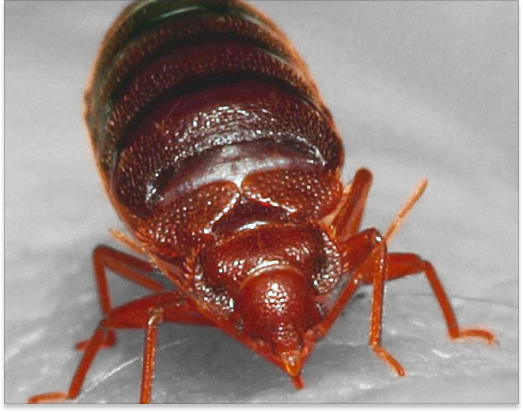
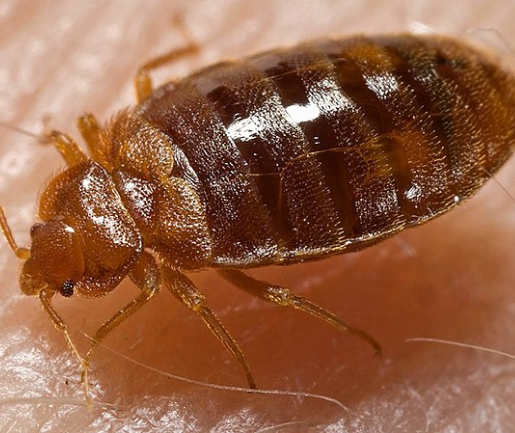
Cimex Hemipterus is a species of bed bug that thrives in tropical and subtropical regions. Similar to the more common Cimex lectularius, these bugs feed on the blood of humans and other warm-blooded animals. They are small, reddish-brown insects, growing up to 4-5 mm in length, with an oval, flattened shape that allows them to hide in small spaces.
Although these bed bugs are primarily active at night, they can also bite during the day, especially in hot or dry conditions. They prefer to nest near water to keep their larvae hydrated. If you suspect a bed bug problem, look for these bugs around beds and other resting places. Signs include tiny blood spots on sheets, dark fecal streaks, and shed skins.
Leptocimex Boueti bed bugs can be a nuisance if they find their way into your home. They mainly feed on humans, usually at night, but may come out during the day if the environment is too hot or dry. These pests often stay near water sources to ensure their larvae have access to fresh water, even though they don’t live in water.
Adult Leptocimex Boueti are about the size of an apple seed, with a flat, oval body. They are reddish-brown and darken after feeding. They have long antennae and compound eyes that resemble raspberries. These bed bugs have three pairs of legs, and their bodies can swell while feeding. If you notice signs of an infestation, it’s important to act fast. Mission Valley Pest Control is ready to help eliminate these pests and prevent further problems.
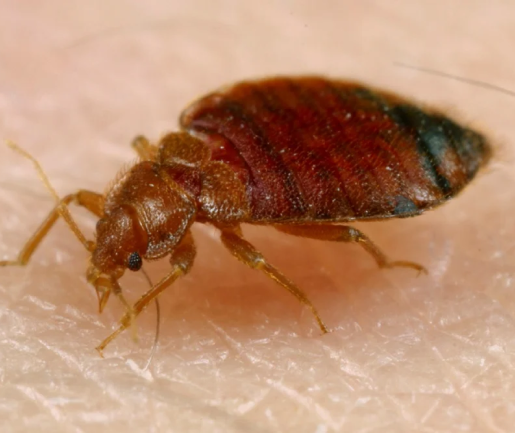
Bed bug eggs are tiny and hard to see, measuring about 1mm in length. Their pearl-white color helps them blend into light-colored backgrounds. Eggs that are older than five days might develop a small eye spot.
Bed bugs lay their eggs in hidden, safe spots close to their food sources. Typical areas include mattress seams, crevices in box springs, and under baseboards. Female bed bugs can lay up to five eggs each day, with hatching occurring in about 4-12 days. If not addressed, these eggs can cause new bed bug infestations.
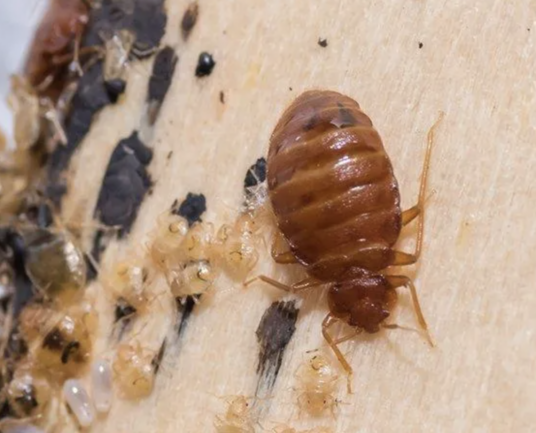
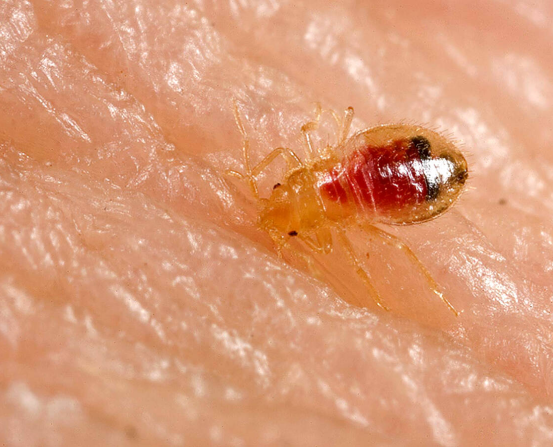
Nymphs are young bed bugs that go through five stages before becoming adults. These immature bed bugs are smaller and lighter in color, making them hard to detect. Each stage of development requires a blood meal to molt to the next, with feeding sessions lasting around 5-10 minutes.
You’ll often find nymphs hiding near places where people sleep or rest, such as in mattress seams, bed frames, and small crevices. Signs of their presence include tiny pale bugs and small blood spots on sheets. Proper treatment focuses on these areas to ensure complete eradication of nymphs.
Adult bed bugs are small, reddish-brown insects, about the size of an apple seed, with flat, oval bodies that swell after feeding. These pests feed on human blood and are most active at night, biting while people sleep.
Bed bugs hide in areas close to sleeping people, such as mattress seams, bed frames, and nearby furniture. They can also be found behind electrical outlets and picture frames. Signs of a bed bug infestation include tiny red blood spots, brown fecal stains, and shed skins. Regular inspections of these areas can help detect bed bug issues early.
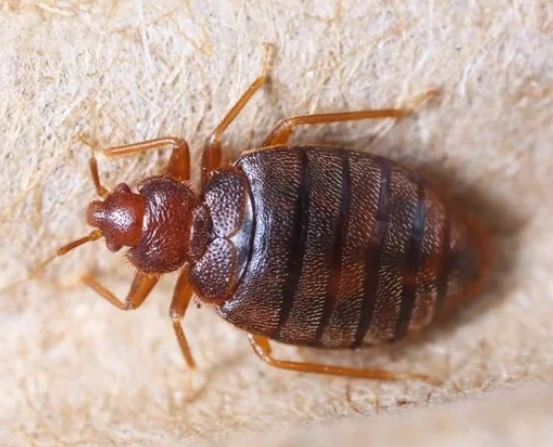
At Mission Valley Pest Control, bed bug treatment starts with a comprehensive inspection conducted by our trained inspectors. They identify bed bugs through visual clues or photos and provide a preparation checklist. Customers should prepare by removing items from the walls, vacuuming infested areas, and laundering bedding and clothing. Our team treats the entire room, focusing on furniture legs, moldings, cracks, crevices, bed frames, headboards, box springs, and mattresses. The black covering under the box spring must be removed for the treatment to be effective. Rooms should remain empty for at least three hours after treatment.
We typically recommend 3-4 treatment sessions based on infestation levels. The cost is assessed after inspection. While our treatments are pet-safe, we suggest leaving the home for 3-4 hours during and after treatment. We provide a 30-day warranty on whole-home treatments. To avoid future infestations, follow our guidelines and maintain cleanliness. Our targeted and effective treatment approach ensures complete bed bug removal, giving our customers peace of mind.

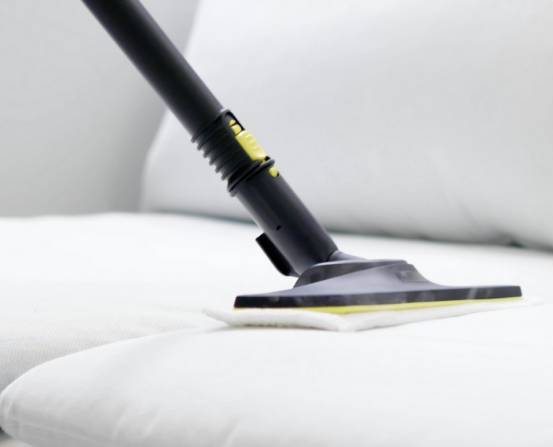
We offer a free follow-up treatment two weeks after the initial bed bug service. This follow-up includes using an insect growth regulator to interrupt the bed bugs’ life cycle, targeting any remaining eggs or nymphs to prevent them from reaching adulthood.
Our technicians will revisit and inspect the treated areas for any signs of bed bug activity. This extra step provides an added layer of security and reassurance. With our follow-up treatment, you can be sure that we are focused on completely eliminating bed bugs from your home.
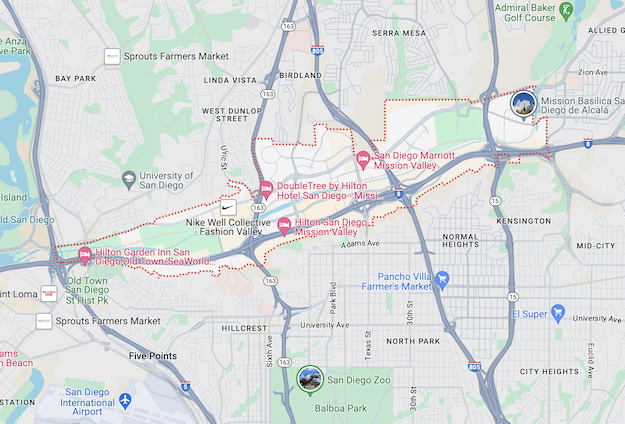
We proudly serve Mission Valley and its surrounding regions, working hard to keep your homes and businesses free from pests. Our team values these communities and is committed to delivering excellent service and lasting results.
Limited time offer! Get $50 off your first pest control service.

Barrier Services
Mission Valley Office
© Mission Valley Pest Control 2024